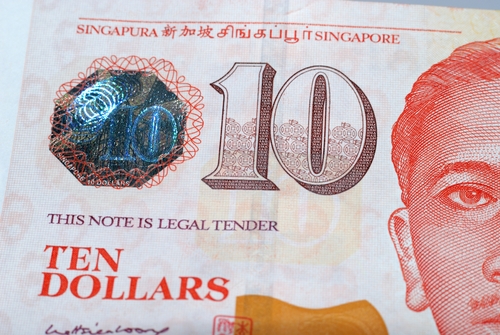
Asia flooded with more than $1tn of greenbacks in 2010
Government bond curve are more likely to steepen than flatten, given the prospect of strong growth and inflation.
DBS said that capital flows into Asia are likely to remain strong and Asian currencies will continue to strengthen against the USD in 2011 given that the Fed launched QE2 on 3 November and Bernanke said that more Fed easing is possible. Since early 2009 more than US$1 trillion of foreign capital has flown into Asian economies.
Attracted by the prospect of strong economic growth and currency appreciation, foreign investors will continue to seek exposure to Asian assets. Even if capital controls, inflation and tighter monetary policy mean that direct foreign participation in bond markets is unlikely to increase much, demand for bonds out of the banking sector is likely to remain strong.
Capital flows and asset price inflation pose huge challenges. Asian bond and stock markets are too small to absorb the heavy inflows of foreign capital well and considerable domestic excess liquidity gives rise to inflationary pressures, higher inflation expectations and higher inflation risks. Bond markets are not reflecting that yet, but they will in 2011, when central banks around the region continue to hike interest rates. If asset prices continue to rise, real rates fall, policy interest rates have to go up to slow the expansion in aggregate demand and keep inflation under control.
Bottom line, given the prospect of strong growth and inflation, government bond curve are more likely to steepen than flatten. Inflows will put downward pressure on yields but their impact in many cases will be outweighed by the effect of inflation and rising policy interest rates. Curves might not steepen much if demand for government bond remains strong, but yields cannot fall, if central banks hikes rates.
























 Advertise
Advertise






